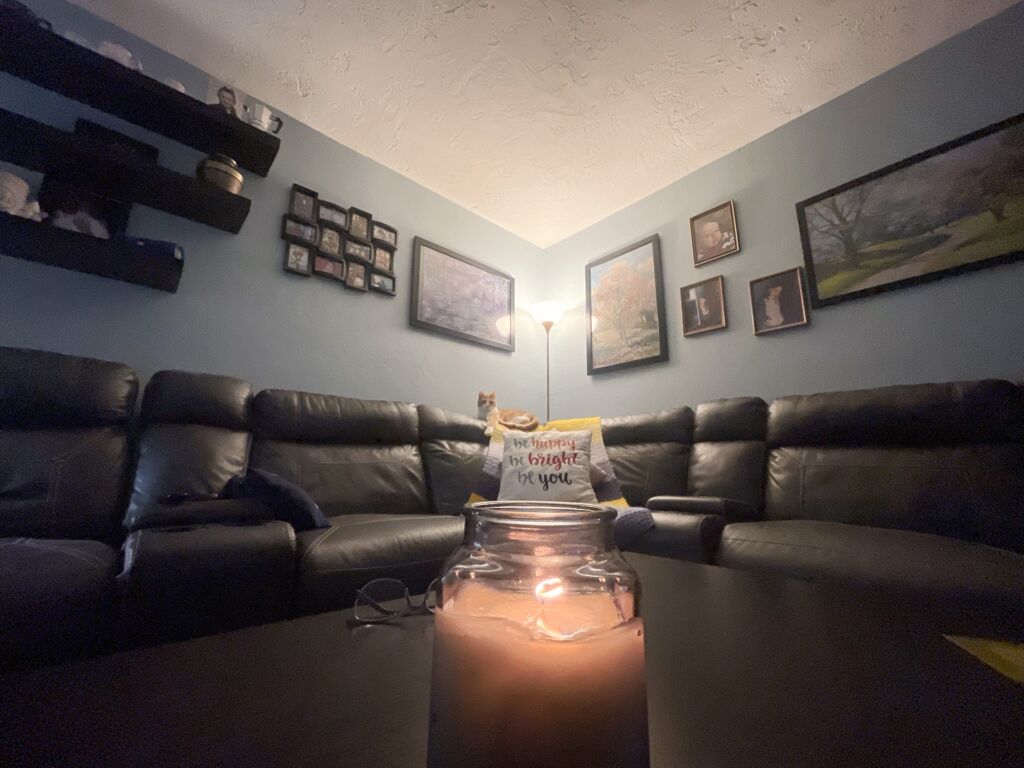
Bedbugs, scientifically known as Cimex lectularius, are notorious nocturnal pests that have adapted with remarkable efficiency to cohabitate with humans.
Most information from ancient writings suggests that humans have been dealing with bedbugs for centuries, emphasizing the enduring nature of this human-bedbug interaction throughout our past.
While the common perception is that these unwelcome guests confine themselves to beds, the reality is far more unsettling. This essay delves into the intriguing world of bedbugs and explores how they can infest a seemingly secure sanctuary—the living room couch.
The Bedbug Life Cycle:
Understanding the life cycle of bedbugs is crucial to comprehend their potential infestation in various household spaces. Bedbugs undergo a gradual metamorphosis, consisting of egg, nymph, and adult stages. The life cycle begins when a fertilized female bedbug lays eggs in discreet harborages, such as seams, folds, or cracks in furniture.

Nymph Stage:
Upon hatching, bedbug larvae emerge as nymphs, resembling smaller versions of the adult bedbug. Nymphs undergo several molting stages, shedding their exoskeletons to accommodate their growing bodies. This process, known as ecdysis, requires regular blood meals for successful molting. The living room couch, with its fabric folds and concealed spaces, provides an ideal hiding place for bedbug nymphs during this vulnerable stage.
Blood Meals and Molting:
Blood is the bedbug’s primary source of sustenance, and they require it to molt successfully. Molting is a critical aspect of their growth, enabling them to transition from one nymphal stage to the next until reaching adulthood. The living room couch becomes a target for infestation due to its frequent human occupancy, providing easy access to blood meals while remaining inconspicuous.
Infestation of the Living Room Couch:
Bedbugs are skilled hitchhikers, often transported unknowingly by humans through luggage, clothing, or second-hand furniture. Once introduced into a living space, they seek refuge in areas close to their host’s resting places, making the living room couch an attractive target. The folds, seams, and cushions of a couch offer ample hiding spots for bedbugs during the day, allowing them to emerge under the cover of darkness for their blood meals.

Bedbugs are not just in the bed!
Bedbugs are versatile pests that can infest various household items beyond the bed. Here’s a list of potential hiding spots:
- Couches and Upholstered Furniture: Bedbugs often find refuge in the seams, folds, and crevices of couches and other upholstered furniture.
- Mattresses and Box Springs: While commonly associated with beds, bedbugs can infest the seams, tufts, and folds of mattresses and box springs.
- Bed Frames and Headboards: The joints, cracks, and crevices of bed frames and headboards are attractive hiding spots for bedbugs.
- Nightstands and Dressers: Drawers and the joints of wooden furniture can provide hiding places for bedbugs.
- Clothing: Bedbugs may hide in the seams and folds of clothing, especially those stored in closets or drawers near the bed.
- Curtains and Drapes: Bedbugs can hide in the folds and pleats of curtains, particularly those near sleeping areas.
- Electrical Outlets and Wall Switches: In some cases, bedbugs may find shelter in wall outlets and switches.
- Carpeting and Rugs: The edges and seams of carpets and rugs, particularly those close to the bed, can harbor bedbugs.
- Luggage and Bags: Bedbugs are known to hitchhike on luggage and bags, making them potential carriers to new locations.
- Picture Frames and Wall Decor: Bedbugs may hide behind or within picture frames and other wall decorations near the bed.
- Baseboards and Molding: Gaps and cracks in baseboards and molding can serve as hiding spots for bedbugs.
- Books and Magazines: Bedbugs can hide in the bindings and seams of books and magazines, especially those stored near the bed.
- Electronic Devices: Small electronic devices with seams and openings may offer hiding places for bedbugs.
- Plush Toys: Stuffed animals and plush toys in bedrooms, particularly those on or near the bed, can be infested by bedbugs.
- Ceiling Corners and Light Fixtures: In severe infestations, bedbugs may move to higher areas, including ceiling corners and light fixtures.
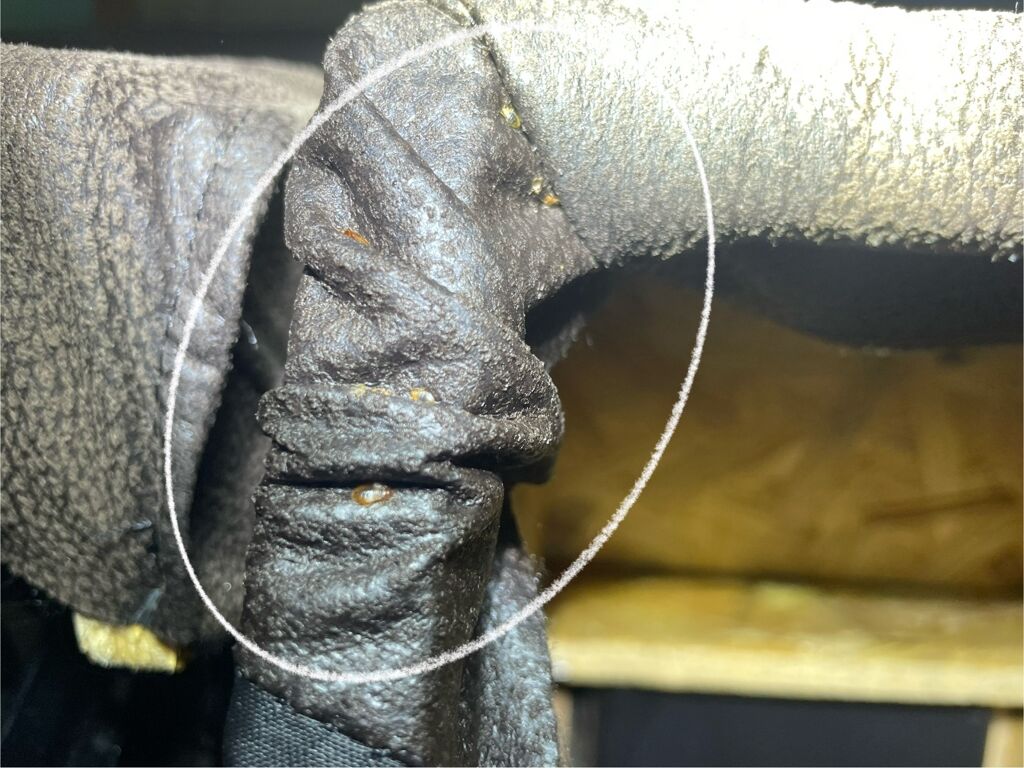
It’s crucial to conduct thorough inspections in and around sleeping areas to detect and address potential bedbug infestations promptly. Professional pest control assistance may be necessary for severe or persistent infestations.
Prevention and Mitigation:
Preventing bedbug infestations requires vigilance and proactive measures. Regularly inspecting and cleaning furniture, including the living room couch, can help identify early signs of infestation. Using bedbug-proof covers and practicing good hygiene are additional preventative measures. In the unfortunate event of an infestation, professional pest control services may be necessary to effectively eliminate the resilient pests.
Bedbugs, with their elusive nature and reliance on blood meals for molting, pose a unique threat to various household spaces, including the living room couch. Understanding their life cycle and the factors contributing to infestation empowers individuals to take proactive measures in safeguarding their homes. Vigilance, cleanliness, and timely intervention are key components in the ongoing battle against these stealthy invaders.
The Perils of DIY Bed Bug Eradication: A Call for Professional Intervention
The presence of bed bugs in a home is a distressing situation that prompts homeowners to seek immediate solutions. In an attempt to regain control, some individuals may opt for do-it-yourself (DIY) methods to eliminate these elusive pests. However, this essay explores how a homeowner’s earnest efforts to eradicate bed bugs independently can inadvertently exacerbate the problem, ultimately leading to the necessity of professional intervention.
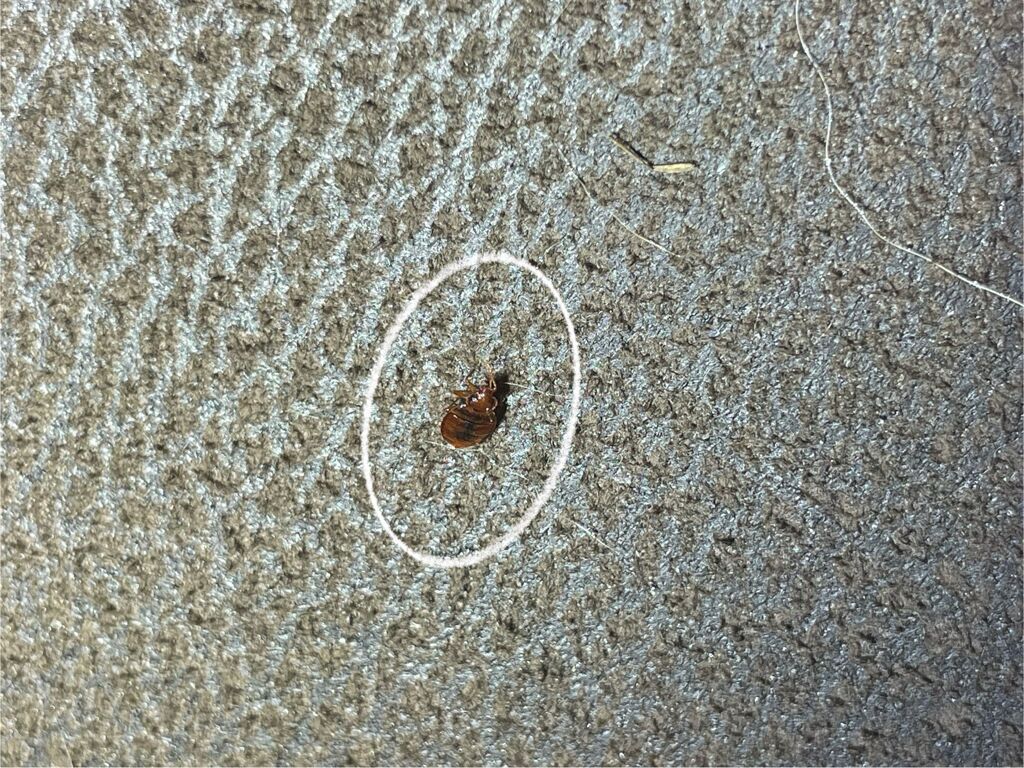
Inadequate Knowledge:
- One of the primary pitfalls of DIY bed bug eradication is the homeowner’s often limited understanding of these resilient pests. Bed bugs possess a remarkable ability to hide in the smallest crevices, making it challenging for inexperienced individuals to locate and eliminate all infestation points. The lack of comprehensive knowledge about bed bug habits and biology can result in incomplete treatment, leaving behind hidden reservoirs of these pests.
Ineffective Treatment Methods:
2. DIY bed bug treatments, often inspired by online advice or over-the-counter solutions, may prove insufficient in addressing the scale of the infestation. Bed bugs have developed resistance to certain pesticides, and their adaptability requires a multifaceted approach to ensure comprehensive extermination. Homeowners, without access to professional-grade products and techniques, may inadvertently contribute to the survival and proliferation of bed bugs.
Unintentional Spread of Infestation:
3. In the earnest pursuit of eradicating bed bugs, homeowners might unknowingly facilitate their spread to other areas of the home. DIY methods, such as the improper use of insecticides or the relocation of infested belongings, can lead to the dispersal of bed bugs, creating new infestation sites. This unintentional spread further complicates the eradication process and increases the scope of the problem.
Delay in Professional Intervention:
4. Persistent DIY attempts can result in valuable time lost, allowing bed bugs to reproduce and establish more entrenched infestations. As the infestation grows, the challenge of eliminating bed bugs intensifies. Ultimately, frustrated homeowners may find themselves reluctantly acknowledging the need for professional expertise after exhausting time and resources on ineffective DIY measures.
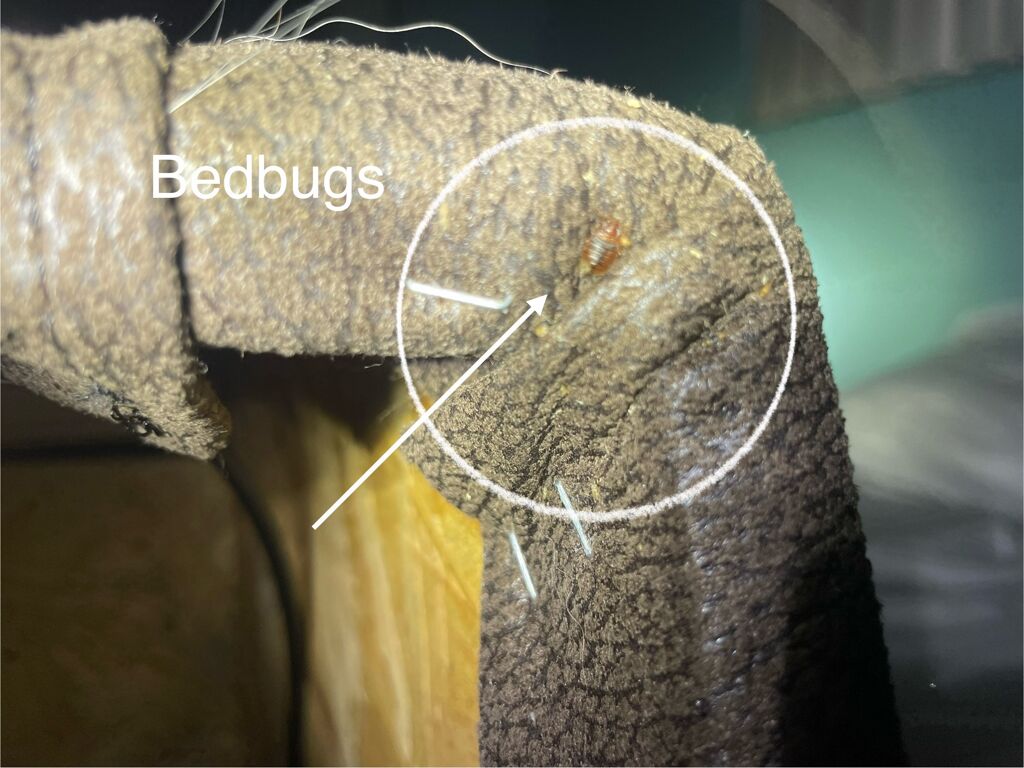
While the desire to resolve a bed bug infestation independently is understandable, homeowners must recognize the potential pitfalls of DIY methods. Inadequate knowledge, ineffective treatments, unintentional spread, and delayed professional intervention can collectively worsen the problem. The complex nature of bed bug infestations necessitates the involvement of experienced pest control professionals equipped with the knowledge, tools, and techniques required for thorough eradication. By seeking timely professional assistance, homeowners can navigate the challenges posed by bed bugs with greater efficacy and minimize the risk of exacerbating the issue through DIY efforts.
The Bedbug Resistance
Bedbugs, like many other pests, can develop resistance to pesticides through a process known as selective pressure. Here’s how it typically happens:
- Natural Variation: Within any population of bedbugs, there is a natural genetic variation. Some bedbugs may have genetic traits that make them more resistant to certain pesticides.
- Pesticide Exposure: When a pesticide is applied, it kills susceptible bedbugs but might not be as effective against those with natural resistance. The resistant bedbugs survive the pesticide exposure.
- Reproduction: The surviving bedbugs with resistance traits pass these traits on to their offspring through genetic inheritance.
- Repeat Exposure: If the same pesticide or a similar one is repeatedly used, the population of bedbugs becomes dominated by those with resistance traits. This is because non-resistant bedbugs are eliminated, leaving the resistant ones to reproduce.
- Evolution of Resistance: Over time, the bedbug population evolves, with a higher proportion of individuals possessing resistance to the specific pesticides that have been used.
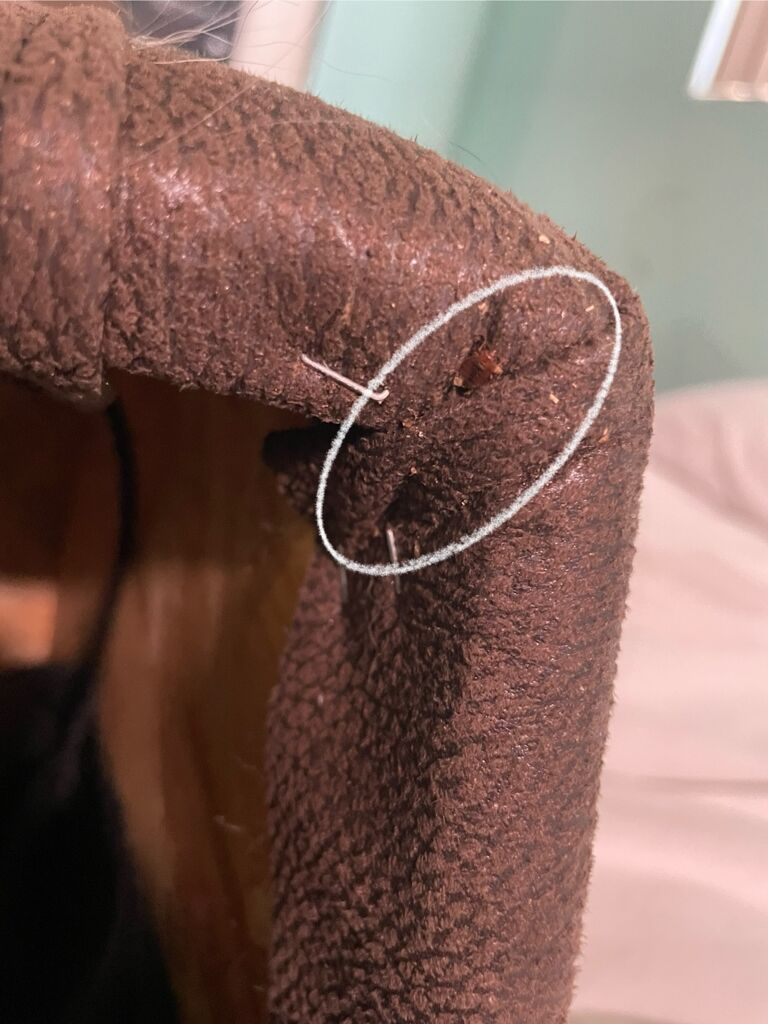
This process of natural selection and evolution is accelerated when pesticides are overused, misused, or when the same type of pesticide is consistently applied. It highlights the importance of using integrated pest management strategies, which involve a combination of methods, including non-chemical approaches, rotating different classes of pesticides, and regularly reassessing and adjusting control methods to avoid the development of resistance.
How do our professional technicians combat bedbug resistance?

Our professional pest control operators employ several strategies to combat pesticide resistance in bedbugs:
- Integrated Pest Management (IPM): We utilize IPM, a holistic approach that combines various methods for pest control. This may include non-chemical methods like steam treatments, vacuuming, and sealing cracks, in addition to judicious pesticide use. The goal is to minimize reliance on pesticides alone.
- Rotation of Pesticides: To prevent bedbugs from developing resistance to a specific pesticide, our professionals often rotate the use of different classes of insecticides. This reduces the selective pressure on a particular group of bedbugs with resistance to a specific chemical.
- Use of Insecticide Mixtures: Pest control operators may use insecticide mixtures with different modes of action. This makes it more challenging for bedbugs to develop resistance since they would need to simultaneously evolve resistance to multiple chemicals.
- Regular Monitoring and Assessment: Our professionals regularly assess the effectiveness of pest control measures. If resistance is detected, the strategy can be adjusted promptly. Monitoring involves inspecting treated areas, assessing the level of infestation, and considering the genetic diversity of the bedbug population.
- Educating Clients: We educate clients on the importance of following recommended procedures, such as proper preparation before treatment and post-treatment guidelines. Ensuring that clients understand and adhere to these practices enhances the effectiveness of pest control efforts.
- Research and Development: At Dave’s Pest Control, we stay abreast of the latest research and developments in bedbug control. This includes keeping an eye on emerging technologies, alternative treatments, and new formulations that may be effective against resistant bedbug populations.
- Collaboration with Entomologists: Dave’s Pest Control will collaborate with entomologists and researchers who specialize in insect behavior and resistance. This collaboration helps in developing strategies based on scientific insights and up-to-date knowledge.
By implementing these comprehensive approaches, the professionals at Dave’s Pest Control aim to minimize the risk of pesticide resistance and maintain effective control over bedbug infestations. Regular assessment, adaptability, and a multifaceted approach are key components of successful bedbug management.
Call us for a free estimate for your home, business, or condominium.
If you see one more bug, call Dave’s!
